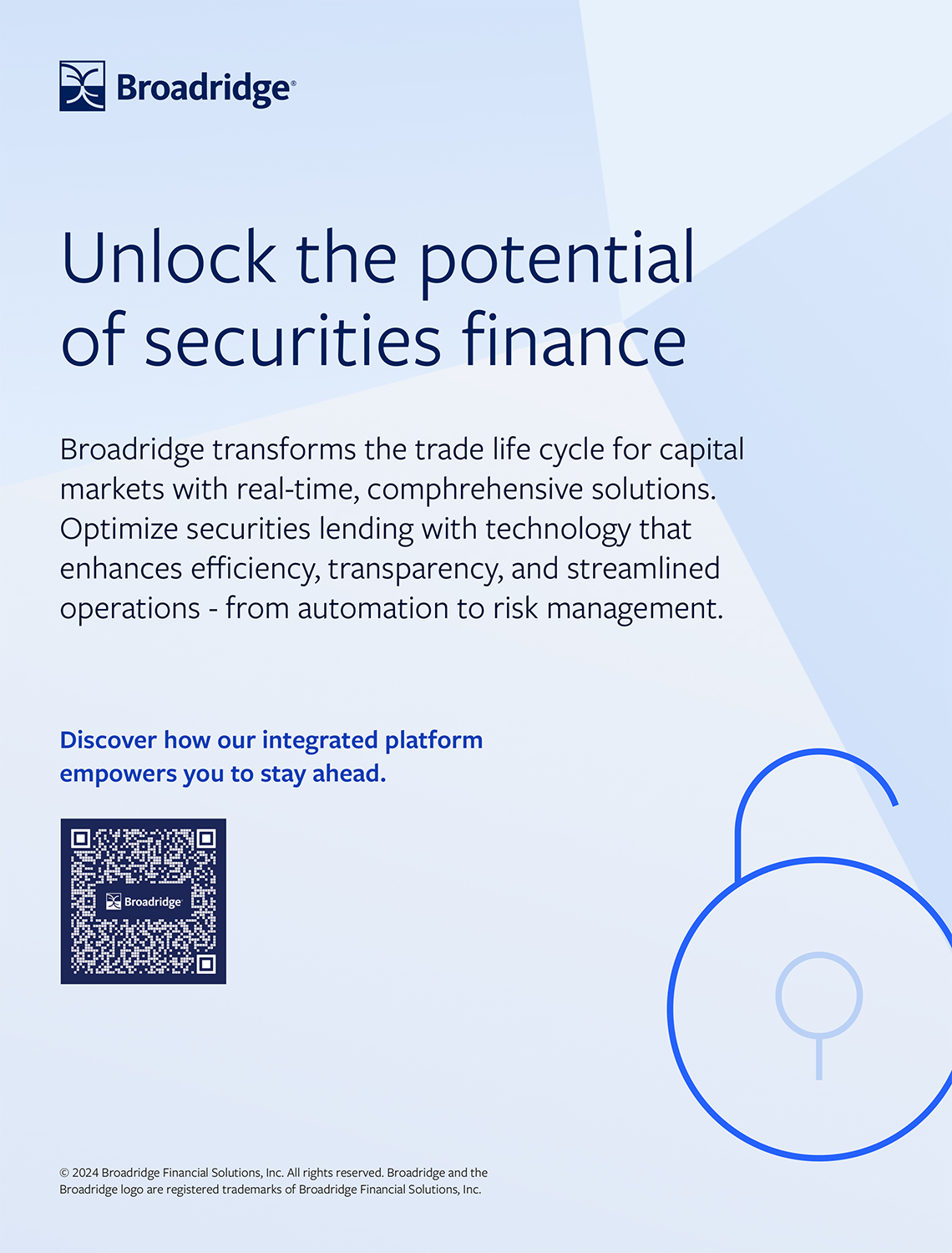Fidessa: The future of low touch trading
25 May 2018 New York
 Image: Shutterstock
Image: Shutterstock
The question of whether the technology in use today within low touch trading is able to deliver within the current demanding climate is addressed by Chris Monnery, US head of product marketing for electronic execution development at Fidessa.
In a recent article, Monnery commented on his recent experience of moderating a conference panel on the changing needs of the buy-side from an order management system/execution management system (OMS/EMS) perspective.
Its content relates to the replies received when he asked his audience the question: what is the most important factor the sell-side provides the buy-side with respect to their electronic trading service through an OMS/EMS platform?
The ability to provide customised algos or order handling was identified as the most important factor by 49 percent of the sell-side and 47 percent of the buy-side.
“Who expected the buy-side and sell-side responses to so closely align?” Monnery questioned. “Seems the sell-side knows what the buy-side needs, but are they delivering?”
Traditional setups consist of linear routeing from the connectivity platform to the algo container, he noted.
While basic customisation and tag manipulation can be handled in the financial information eXchange layer, anything more complex has to sit in the algo container, and this setup remains an inflexible configuration, according to Monnery.
In relation to this, Monnery suggested: “Maybe it's time for the low touch OMS to take a greater role in the management of the order, rather than just being the platform the low touch trader uses to watch his orders and manage his exceptions.”
Monnery also discussed the involvement on liquidity, with results indicating that the buy-side also values seamless access to block liquidity.
He said: “This is something we see reflected from our sell-side clients, and is a key differentiation whether it’s on the high touch or low touch channel.”
When the concept of a client opting-in to access a broker's captive liquidity was discussed by the panel, Monnery stated, “it remains a somewhat clunky process due to coverage models and the use of multiple technology stacks.”
Monnery surmised that low touch order flow is becoming less about algo routing and more about the sell-side’s ability to agree to buy-side demands.
He said: “Whether this is from external factors such as the second Markets in Financial Instruments Directive, or simply the buy-side desire to better control order flow, there is a clear shift impacting the sell-side technology requirements. We see this growing need for execution as a service as the major trend driving the evolution of the low touch space”, he concluded.
In a recent article, Monnery commented on his recent experience of moderating a conference panel on the changing needs of the buy-side from an order management system/execution management system (OMS/EMS) perspective.
Its content relates to the replies received when he asked his audience the question: what is the most important factor the sell-side provides the buy-side with respect to their electronic trading service through an OMS/EMS platform?
The ability to provide customised algos or order handling was identified as the most important factor by 49 percent of the sell-side and 47 percent of the buy-side.
“Who expected the buy-side and sell-side responses to so closely align?” Monnery questioned. “Seems the sell-side knows what the buy-side needs, but are they delivering?”
Traditional setups consist of linear routeing from the connectivity platform to the algo container, he noted.
While basic customisation and tag manipulation can be handled in the financial information eXchange layer, anything more complex has to sit in the algo container, and this setup remains an inflexible configuration, according to Monnery.
In relation to this, Monnery suggested: “Maybe it's time for the low touch OMS to take a greater role in the management of the order, rather than just being the platform the low touch trader uses to watch his orders and manage his exceptions.”
Monnery also discussed the involvement on liquidity, with results indicating that the buy-side also values seamless access to block liquidity.
He said: “This is something we see reflected from our sell-side clients, and is a key differentiation whether it’s on the high touch or low touch channel.”
When the concept of a client opting-in to access a broker's captive liquidity was discussed by the panel, Monnery stated, “it remains a somewhat clunky process due to coverage models and the use of multiple technology stacks.”
Monnery surmised that low touch order flow is becoming less about algo routing and more about the sell-side’s ability to agree to buy-side demands.
He said: “Whether this is from external factors such as the second Markets in Financial Instruments Directive, or simply the buy-side desire to better control order flow, there is a clear shift impacting the sell-side technology requirements. We see this growing need for execution as a service as the major trend driving the evolution of the low touch space”, he concluded.
NO FEE, NO RISK
100% ON RETURNS If you invest in only one securities finance news source this year, make sure it is your free subscription to Securities Finance Times
100% ON RETURNS If you invest in only one securities finance news source this year, make sure it is your free subscription to Securities Finance Times



